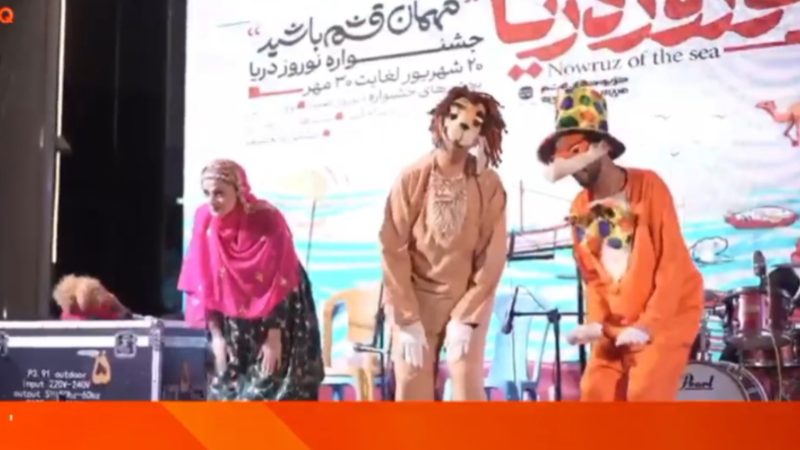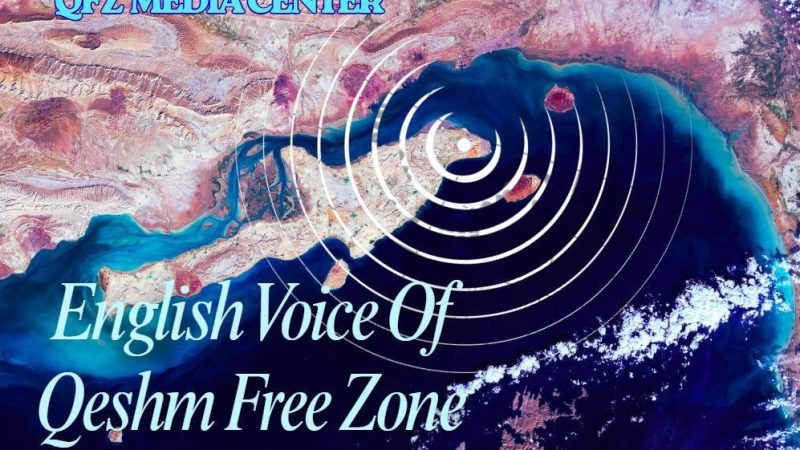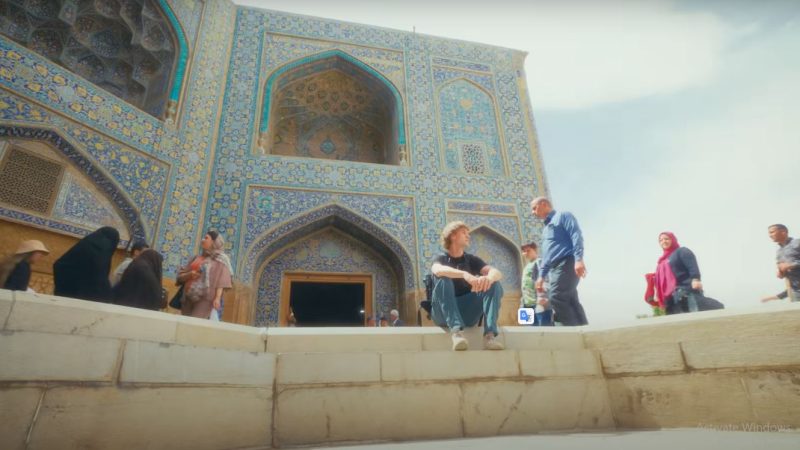Avicenna’s Living Legacy in the Persian Gulf: The Wonders of Qeshm’s Mangrove Forests
QESHM, IRAN – Along the northern shores of Qeshm Island in the Persian Gulf, lie unique coastal forests bearing the name of the great Persian philosopher and physician, Avicenna (Abu Ali Sina). These mangrove forests, known locally as “Hara,” stand not only as natural marvels but also as enduring symbols of Iranian resilience and ecological wisdom.
With their extraordinary biological structure—including specialized roots, stems, and leaves—Hara trees possess the remarkable ability to filter saline water, absorb nutrients, and expel excess salt. This natural adaptation makes them a powerful emblem of survival and resilience in one of Iran’s harshest and driest coastal environments.
Spanning over 12,000 hectares, the Hara forests stretch across areas such as Laft, Tabl, Guran, and Dehkhoda in northern Qeshm. Beyond their stunning beauty, these coastal ecosystems play a crucial role in stabilizing shorelines, preserving biodiversity, and acting as a natural barrier against flooding and tsunamis.
The ecological importance of the Hara forest extends further. They serve as vital habitats for migratory and marine birds, while also offering medicinal and industrial value. The bark of the trees has been used to treat leprosy, their sap helps reduce skin dryness, and their chemical compounds are used in the production of ink and adhesives.
Qeshm’s Hara forests stand as a profound intersection of nature and science—an embodiment of Iranian wisdom deeply rooted in the environment. Today, they are recognized not only as a national heritage but also as a global treasure, carrying the name and spirit of Avicenna across centuries.



















بدون Comment